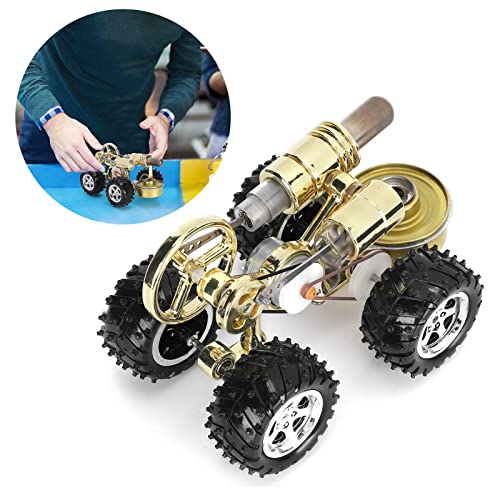JCSteam
Well-Known Member
- Joined
- Nov 30, 2016
- Messages
- 472
- Reaction score
- 130
I was told that ordinary chuck keys won't fit as the locating hole and the teeth have various off sets. Anyway I'll come back to that one, I complained to their customer services, the attendant didn't even offer to get me one into store for me to collect. Instead opting to send me elsewhere, not good business sense, especially since they don't stock it, though at least they did ring another store to ask if they had one they could transfer for me.
Also drug alcohol test, what an undignified way to get a job. I passed off course, looking forward to a beer now lol. It's official I've joined the grumpy man in the shed club lol.
On a brighter note I took the trip to screw fix and got me the M8 nuts, washers, and threaded bar to bolt my lathe down. I started with the motor and big 1/4" bracket assembly for it. First measured off the frame to make sure that it was square to the bench. And there was clearance at the back to allow air flow all the way around the motor, this is when I found another oil cup, that I hadn't seen yet. Once square took a black marker pen and coloured in where the holes were, then moved the big lump out the way. I took an 8mm drill bit and drilled through the holes with a hand drill, making sure to keep the hole square to the worktop. Once all four were done a quick wipe down and placed the big lump back over the holes.
Then I started work cutting the threaded rod to suitable pieces, I forgot to make sure there was a nut on the first bit of bar, to correct the thread after cutting. So after the first one was made threaded a few on the other clean uncut side, and mounted the bar in my drill, reversing the drill and holding the nuts, fed them down the 90cm length easily. Who wants to be twiddling their nuts when there's work to do.
The studs ware made up with two nuts locked against one another, and a washer, worktop, then big lump, then washer and nut. Once all four were cut in the new (or old) vise they were tapped into place through the drilled holes using the new hammer. Once all was checked for square these were tightened up.




Also drug alcohol test, what an undignified way to get a job. I passed off course, looking forward to a beer now lol. It's official I've joined the grumpy man in the shed club lol.
On a brighter note I took the trip to screw fix and got me the M8 nuts, washers, and threaded bar to bolt my lathe down. I started with the motor and big 1/4" bracket assembly for it. First measured off the frame to make sure that it was square to the bench. And there was clearance at the back to allow air flow all the way around the motor, this is when I found another oil cup, that I hadn't seen yet. Once square took a black marker pen and coloured in where the holes were, then moved the big lump out the way. I took an 8mm drill bit and drilled through the holes with a hand drill, making sure to keep the hole square to the worktop. Once all four were done a quick wipe down and placed the big lump back over the holes.
Then I started work cutting the threaded rod to suitable pieces, I forgot to make sure there was a nut on the first bit of bar, to correct the thread after cutting. So after the first one was made threaded a few on the other clean uncut side, and mounted the bar in my drill, reversing the drill and holding the nuts, fed them down the 90cm length easily. Who wants to be twiddling their nuts when there's work to do.
The studs ware made up with two nuts locked against one another, and a washer, worktop, then big lump, then washer and nut. Once all four were cut in the new (or old) vise they were tapped into place through the drilled holes using the new hammer. Once all was checked for square these were tightened up.













































![MeshMagic 3D Free 3D Modeling Software [Download]](https://m.media-amazon.com/images/I/B1U+p8ewjGS._SL500_.png)
















![DreamPlan Home Design and Landscaping Software Free for Windows [PC Download]](https://m.media-amazon.com/images/I/51kvZH2dVLL._SL500_.jpg)













